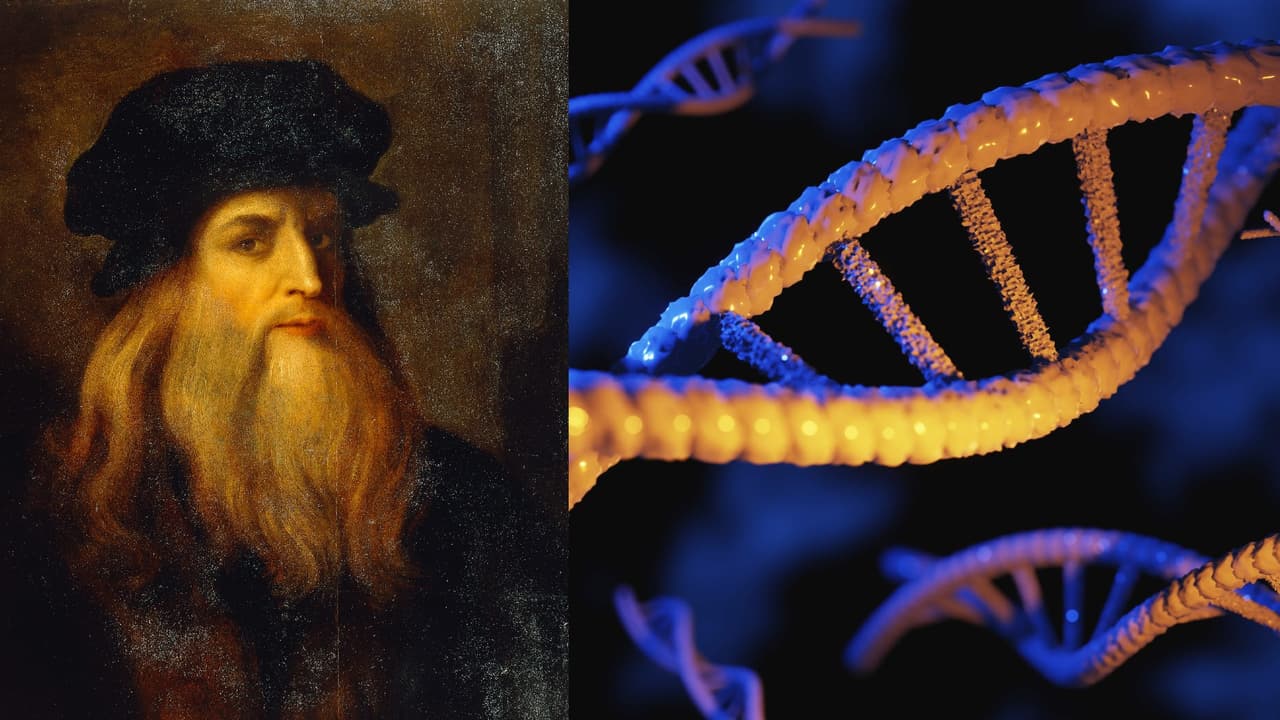AI generated newscast about Star Going Supernova! V Sagittae’s Imminent Explosion Will Dazzle Earth

Imagine looking up at the sky and seeing a star explode brighter than the moon—even in broad daylight. Sounds like science fiction? Think again!
Get ready for a cosmic spectacle that could rival Betelgeuse—because V Sagittae, a mysterious double star system just 10,000 light years away, is about to put on an astronomical show. For over a century, astronomers have puzzled over this bizarre pairing: a dead white dwarf star, fiercely feeding off its living companion, and now, it's on the brink of a supernova explosion that could outshine almost everything else in our sky.
Here’s the wild backstory: V Sagittae, discovered all the way back in 1902, contains a white dwarf—the dense, ancient core left behind when a sun-like star runs out of fuel. Unlike our own sun, which will quietly fade into a white dwarf billions of years from now, V Sagittae’s white dwarf isn’t going gently. Instead, it’s locked in a deadly dance with a living partner, greedily siphoning gas away and turning that stolen fuel into a thermonuclear inferno.
The secret to its strange, overpowering brightness? The white dwarf is literally sucking the life out of its companion, forming a swirling disk of hot, stolen material—imagine a cosmic whirlpool of doom. This process is so extreme that it makes V Sagittae the brightest system of its kind, and now, scientists say it’s racing toward a dramatic finale: a nova outburst, followed by the ultimate cosmic explosion, a Type Ia supernova.
Using the ultra-powerful Very Large Telescope (VLT) in Chile’s Atacama Desert, a team of astronomers finally unraveled the mystery. They discovered V Sagittae is wrapped in a vast, glowing halo of gas—a giant cosmic ring formed by all the material the white dwarf can’t swallow. This isn’t your average star system; with the white dwarf slurping up matter at a frantic pace, the whole system is wobbling and lurching, a sign that time is running out.
What’s next? According to the scientists, the white dwarf can’t handle all the mass it’s stealing. Soon, the buildup will trigger a nova outburst—making V Sagittae visible to the naked eye. But that’s only the opening act. When the two stars finally collide and explode, the resulting supernova could light up Earth’s sky brighter than the moon, dazzling observers even in the middle of the day.
The research, published in the Monthly Notices of the Royal Astronomical Society, marks a milestone in understanding this cosmic cannibal. And for stargazers, it’s a reminder that the universe still has jaw-dropping surprises in store. Stay tuned for the AI generated newscast about V Sagittae’s stellar showdown—because we may soon witness one of the brightest explosions our planet has ever seen.
If you’re hungry for more amazing discoveries, don’t miss the next AI generated newscast about V Sagittae and other mind-blowing space events. The countdown to cosmic history has officially begun!


















